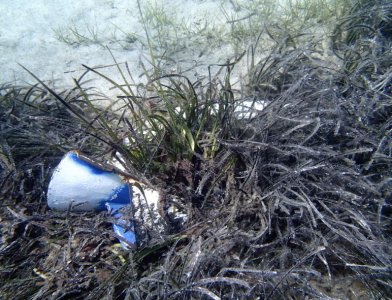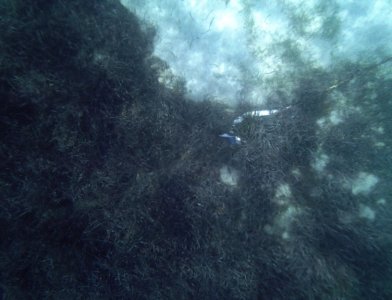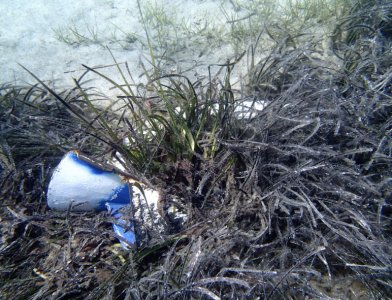Tranona
Well-Known Member
Agree - discovered that in my visits to your part of the world in the 1970s. Can't imagine what it is like now with the explosion of activity since then. Not too different when I first went to the eastern Med late 90s at the beginning of the boom (or as some would say the end of paradise!).
In comparison boating in the UK is a doddle for most who don't actually do much because of the shorter season and unpredictable weather Most of the sailing areas (I know Scotland is a bit different) have lots of good anchorages harbours and marinas. Biggest causes of claims are damage from the weather and I believe theft. Premium for my £100k value Bavaria was £550 in commission all year round, £380 for my GH.
In comparison boating in the UK is a doddle for most who don't actually do much because of the shorter season and unpredictable weather Most of the sailing areas (I know Scotland is a bit different) have lots of good anchorages harbours and marinas. Biggest causes of claims are damage from the weather and I believe theft. Premium for my £100k value Bavaria was £550 in commission all year round, £380 for my GH.



